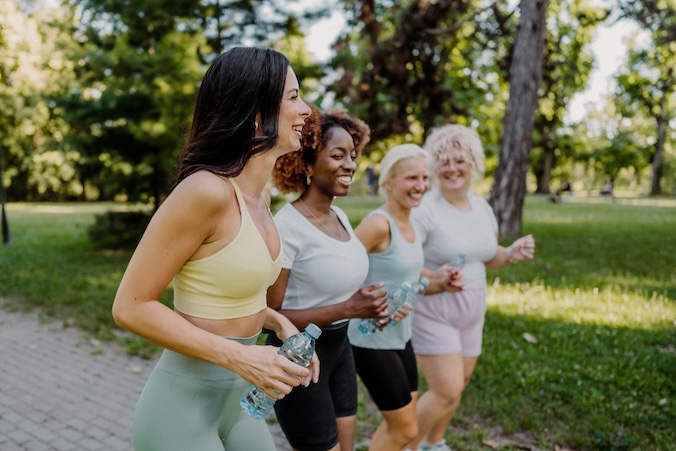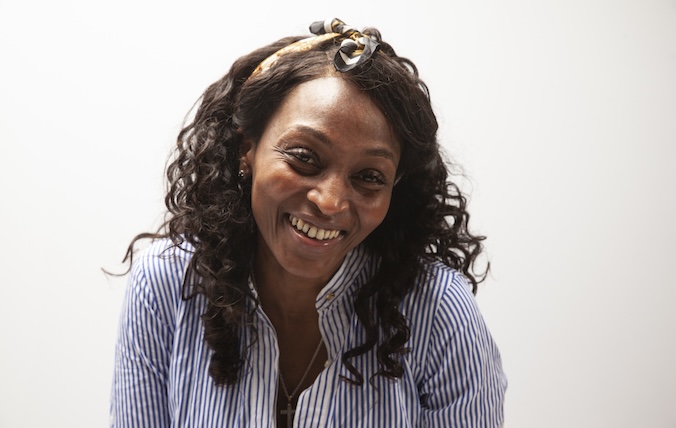Alternatives to Botox

Botox is a name that is synonymous with smooth foreheads, gleaming skin, and youthful complexions. It is very much a modern day cultural phenomenon that has been hoisted upon us by some of our favourite ‘A-list’ celebrities.
But does this wrinkle-relaxing wonder drug live up to the hype, and is it the best way to take your youthful looks into the later years of your life? Or are there alternatives?
What is Botox?
Contrary to popular belief, Botox isn’t actually a drug, but a brand name for a purified neurotoxin called Botulinum Toxin Type A. Produced by the bacterium Clostridium Botuilinum, this toxin, in high doses, causes botulism, a serious illness.
However, in tiny, controlled amounts, it acts as a muscle relaxant, temporarily blocking nerve signals to specific muscles. This is how it smooths out wrinkles caused by repeated muscle contractions, particularly in the upper face.
How common is Botox?
Botox isn’t just for celebrities. It is actually one of the most popular non-surgical cosmetic procedures globally. Over 900,000 botox injections are delivered each year in the UK, and over 8,000,000 injections worldwide; with this number set to continue to increase massively with ‘barely-there’ botox being injected to a younger audience as the average age of botox users drops lower.
Is Botox safe?
With millions of people asking Google if Botox is safe every year, it just confirms that ‘needle-fear’ is ever present in people’s decision making.
The question as to whether botox is safe can only be answered with certain caveats.
When administered by a qualified healthcare professional, using approved doses, Botox is generally considered safe. However, like any and all medical procedures, it comes with potential risks and side effects.
Some of the most common side effects of botox injections include; skin bruising, swelling, headaches and drooping eyelids.
It is crucial to remember that Botox isn’t suitable for everyone and should be avoided during pregnancy and breastfeeding.
What are the alternatives to Botox?
While botox is undoubtedly one way of tackling wrinkles and sagging skin, it is by no means the only option.
Here are some natural and surgically non-intrusive alternative to consider:
Skincare Routine
One of the ways to tackle wrinkles and ageing skin is through amending your skincare routine to include retinol, peptides and antioxidants. These ingredients stimulate collagen production and improve skin texture, offering real long term benefits.
Facial Massage & Exercises
Techniques like gua sha and facial yoga can stimulate blood flow and enhance muscle tone, providing a natural lift to your skin and face. A close friend of Rejuvenated, Danielle Collins, has some great facial yoga techniques.
Collagen Supplements
Collagen is naturally produced by the body as a protein that is designed to maintain the structure and elasticity of skin. But, as we age, the production level decreases. Supplementing your collagen production with Collagen Shots and other collagen products helps to combat sagging skin and wrinkles.
Drink Water
According to the National Hydration Council, 17% of us right here in the UK don’t hydrate adequately; with an even greater number not consuming the daily recommended intake of water on a daily basis. Hydration is another key to maintaining skin elasticity. Ramp up your hydration with products like H3O.
Ultimately, while Botox is one tool in the anti-aging arsenal; the best approach to managing wrinkles and enhancing your appearance needs to be personalised to you; but general advice is that it should be underpinned by a balanced diet and healthy lifestyle.






